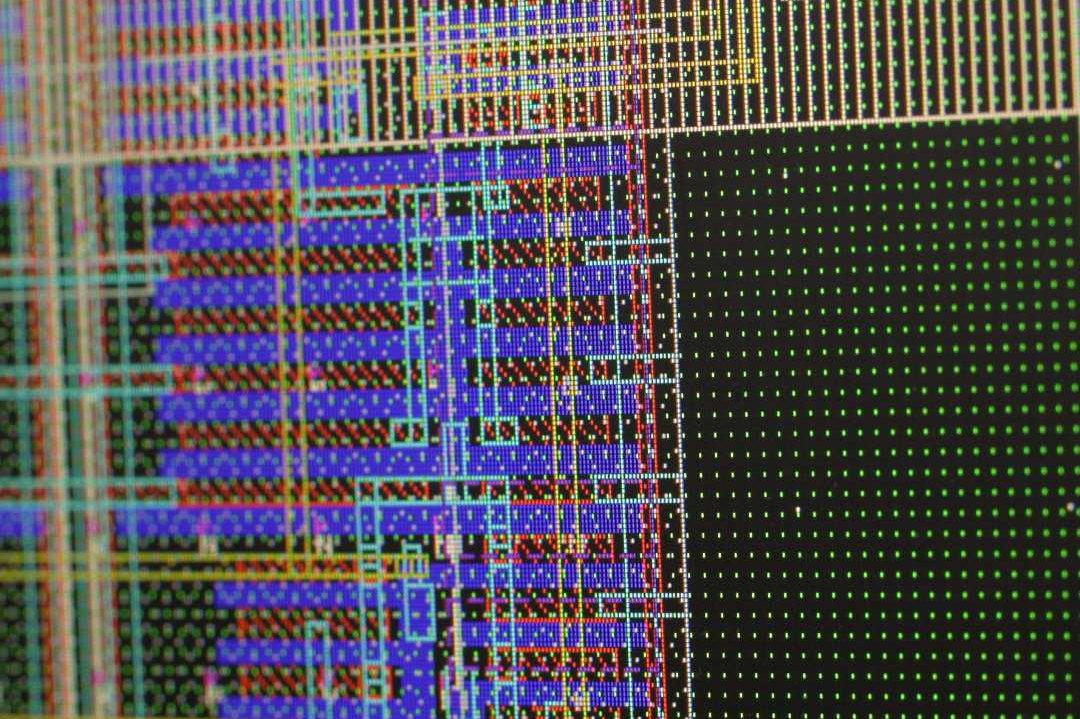Lunch Lecture: Overcoming Moore’s Law by Non-Von Neumann computer architecture
25 April 2024 12:45 till 13:45 - By: Communication | Add to my calendar
Lunch Lecture: Overcoming Moore’s Law by Non-Von Neumann computer architecture
Moore’s Law predicted that the number of transistors that could fit on a microchip would double every year. Later on he adjusted the law, and stated that the amount of transistors would double roughly every two years. For more than half a century, Moore’s Law held true with stunning precision. And with the increase in transistors came an increase in computer speed and processing power.
However, Moore’s Law has run up against a more formidable law: the law of physics. Transistors on a central processing unit (CPU) have become so small they are now just a few atoms in size. Shrinking transistors any further will become awfully complex and very expensive.
More than Moore
Georgi Gaydadjiev, professor in Computer Architecture, will demonstrate in this lecture that novel non-von Neumann architectures could solve this bottleneck in improving processor speeds. In computers with the classic Von Neumann architecture, the processor and working memory are separate entities, and the data and programme are loaded into the latter. Georgi will explain how using non-Von Neumann embedded systems -computers with the memory and processor all rolled into one- and minimizing data movements at all system levels is a key to overcoming Moore’s Law.

